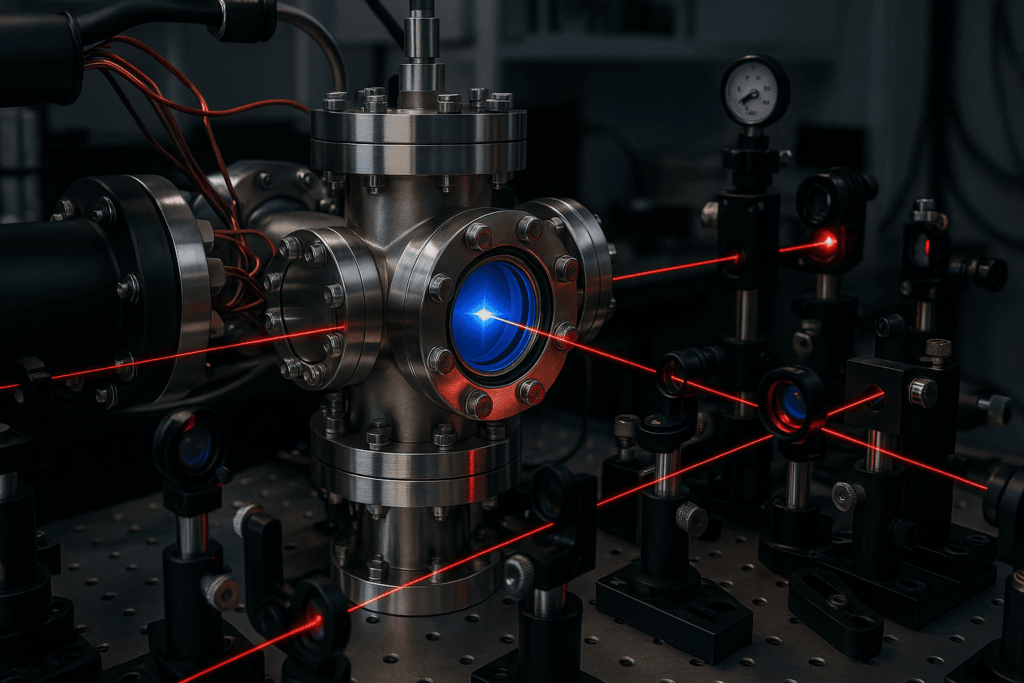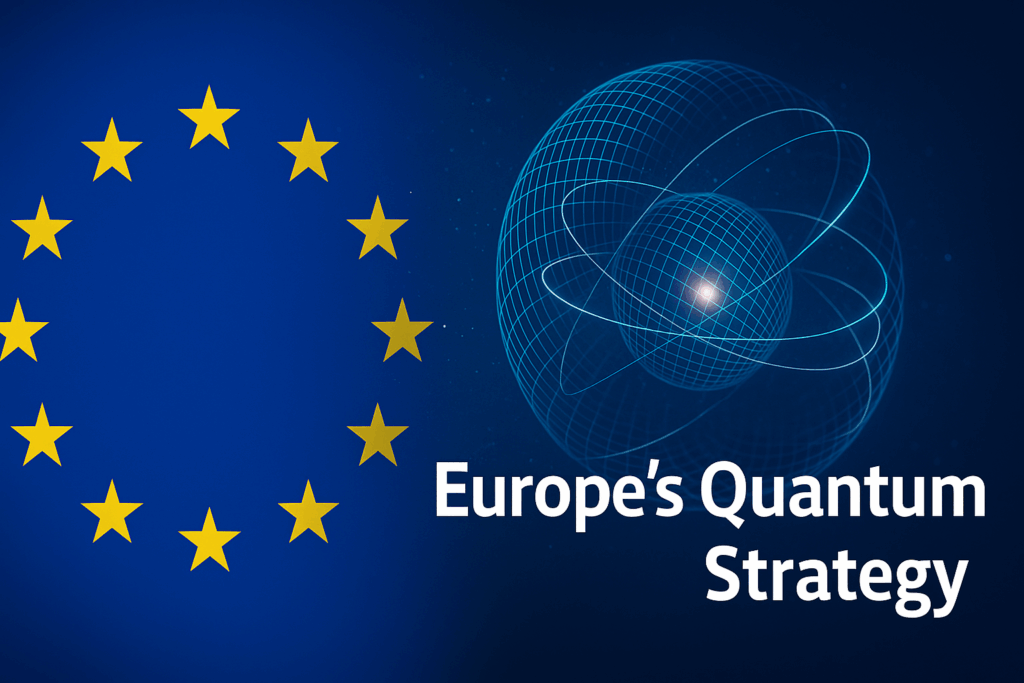PRESS RELEASE — Quantum Computing Inc. (QCI) (NASDAQ: QUBT), a leader in accessible quantum computing, today announced that it has solved an optimization problem with over 3,800 variables in six minutes, delivering a superior and feasible solution. The Company achieved this landmark by applying a new quantum hardware technology called Entropy Quantum Computing (EQC) to the BMW Vehicle Sensor Placement challenge, a complex problem consisting of 3,854 variables and over 500 constraints. In comparison, today’s Noisy Intermediate Scale Quantum (NISQ) computers can process approximately 127 variables for a problem of similar complexity.
The 2021 BMW Group and Amazon Web Services (AWS) Quantum Computing Challenge included a Vehicle Sensor Placement use case that challenged participants to find optimal configurations of sensors for a given vehicle that would provide maximum coverage (i.e. detect obstacles in different driving scenarios) at minimum cost. Although QCI placed as a 2021 finalist, its 2022 acquisition of quantum photonics systems company QPhoton provided a powerful suite of new quantum hardware technologies, including EQC. As a result, QCI today presented BMW with a 2022 solution: a superior sensor configuration consisting of 15 sensors yielding 96% coverage using QCI’s quantum hardware and software system.
The EQC ran over 70x faster than QCI’s 2021 hybrid DWave implementation. While the speed itself is notable, the stability of the system allowed the Company to run the problem repeatedly and iteratively, demonstrating its usefulness for business applications.
“We are very proud to have achieved what we believe to be an important landmark result in the evolution of quantum,” said Bob Liscouski, CEO of QCI. “We believe that this proves that innovative quantum computing technologies can solve real business problems today. What’s even more significant is the complexity of the problem solved. This wasn’t just a rudimentary problem to show that quantum solutions will be feasible someday; this was a very real and significant problem whose solution can potentially contribute to accelerating the realization of the autonomous vehicle industry today.”

Historically, commercially-available QPU architectures have only been able to process problems with minimal variable sizes, due to the limited number of qubits available to represent problem variables. These systems also sometimes suffer from significant errors in processing as well as stability and calibration issues, further limiting their commercial viability in today’s market. In contrast, QCI’s EQC can process computations over a many-variable space, with coherence, thus providing powerful quantum solutions to real-world problems.
EQC operates on the most fundamental principles of quantum physics, especially its measurement postulate, wherein the wavefunction of a quantum system will collapse to a certain eigenstate due to its interaction with a measurement apparatus or, broadly speaking, the surrounding environment. However, while existing quantum computing architectures must operate on closed quantum systems under extreme requirements to calm the effects of the environment, EQC operates on open quantum systems, carefully coupling a quantum system to an engineered environment, so that its quantum state is collapsed to represent a problem’s desirable solution.
For more market insights, check out our latest quantum computing news here.
















